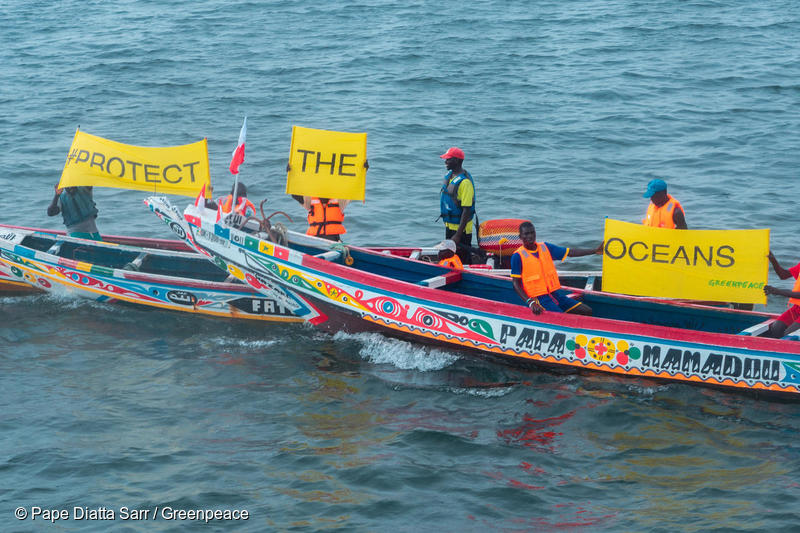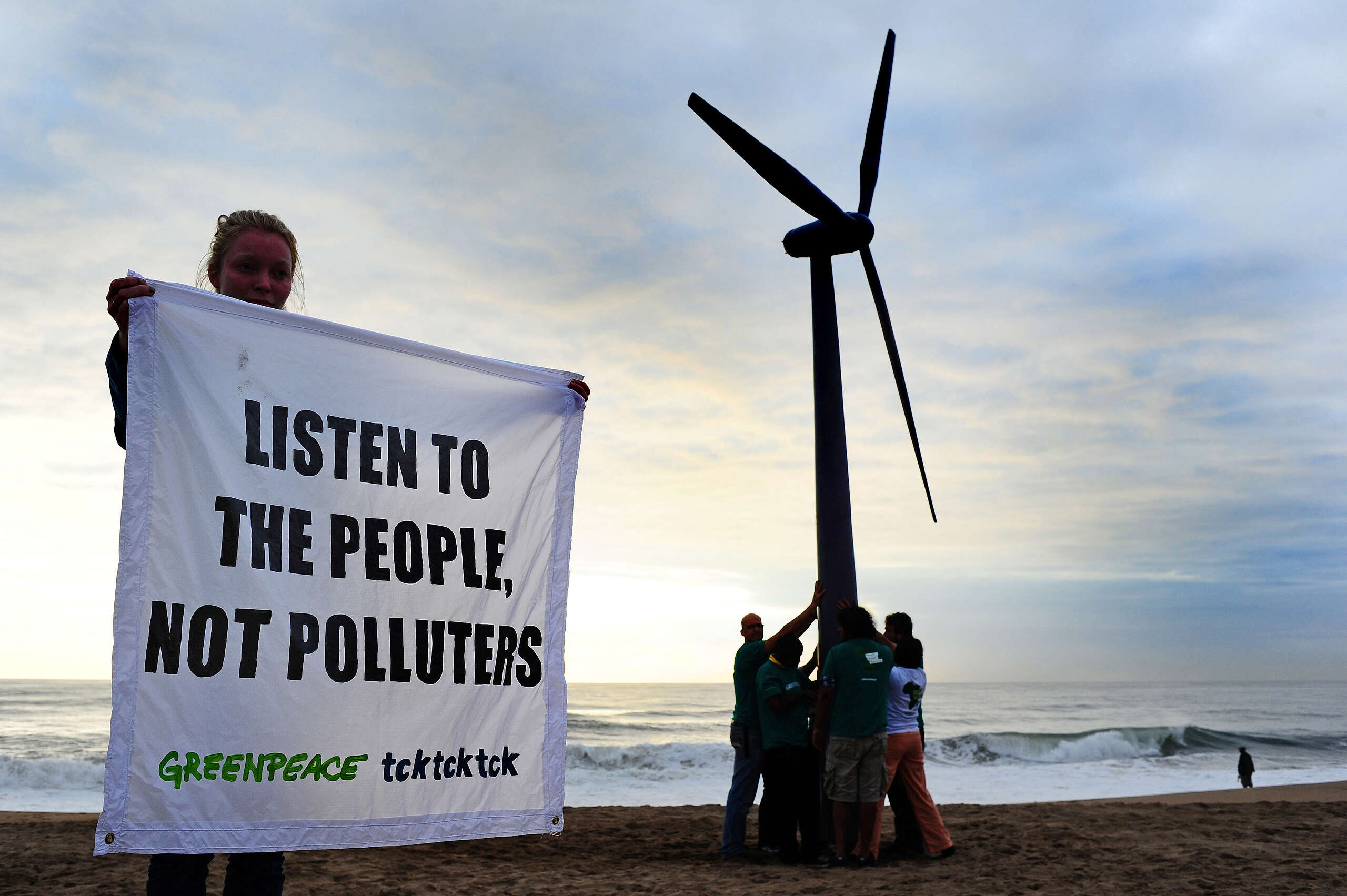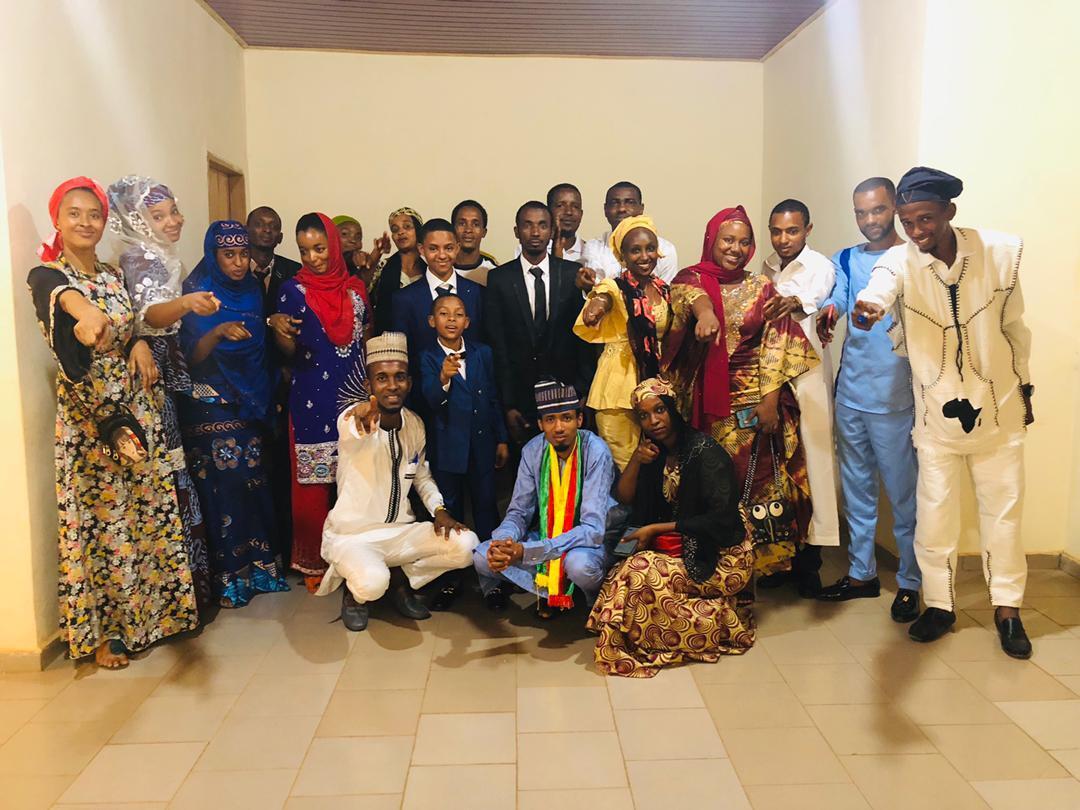Our new report Ghost gear: the abandoned fishing nets haunting our oceans takes a look at lost and abandoned fishing gear that keeps impacting our ocean’s marine life, even after it’s been discarded.
A staggering 12 million tonnes of plastic ends up in the ocean every year – the equivalent of emptying a rubbish truck into the ocean every minute. All plastic in the ocean can potentially trap, entangle, smother or kill animals. However there is one particular type of plastic pollution that is especially deadly because it is designed to catch and kill marine wildlife: abandoned, lost or discarded fishing gear, also known as ‘ghost gear’.
Plastic’s lightness, buoyancy, durability and cheapness make it ideal for fishing. Unfortunately, the same qualities also make ghost nets and lines a fatal and growing threat to marine life, and the communities that depend on healthy oceans thriving with life. Ghost gear is particularly prevalent from illegal, unregulated and unreported fishing, with overcrowded fisheries, excess fishing capacity and conflicting gear types also contributing to the problem. In addition, ocean regions like seamounts are particularly affected, because they are often heavily fished due to the vast array of life they are home to.
Our new report exposes the threat caused by ghost gear. Here’s what we found out:
- An estimated 640,000 tonnes of ghost gear enters the ocean every year, equivalent in weight to more than 50 thousand double decker buses.
- Ghost gear makes up an estimated 10% of the plastic waste in our oceans, but represents a much higher proportion of large plastics found floating at the surface. Associated rubbish from fisheries, such as packing containers, tape and buoys also contribute to ocean plastic pollution.
- In some ocean areas, fishing gear makes up the vast majority of plastic found there, including over 85% of the rubbish on the seafloor on certain seamounts and ocean ridges, and of the larger pieces of plastic in the Great Pacific Gyre.
- Around 300 sea turtles were discovered dead in a single incident in 2018, entangled in a ghost fishing net in Mexican waters.
- ‘Ghost fishing’ effectively competes against fishers for their catch. Ghost gear is also a hazard to ship navigation and safety at sea.
A strong Global Ocean Treaty could pave the way for the creation of a worldwide network of ocean sanctuaries on international waters. Greenpeace is calling for at least 30% of the high seas to be designated as fully protected areas by 2030, where no fishing, mining or any other extractive and destructive activities can occur. This would allow space for wildlife to recover and thrive.
As part of Greenpeace’s expedition from the Arctic to the Antarctic, our ship Arctic Sunrise is now reaching seamount Vema, a 4,600m high underwater mountain located in international waters, about 1,000 kilometers away from the South African mainland. Divers and researchers onboard will reveal the incredible biodiversity of the area, and also show the impacts of overfishing in the area, including the amount of ghost gear present on the seamount slopes.




Discussion
Hey There, You did an excellent job on this post! Kudos. I’d like to add an extra productivity tip to your list if you don’t mind? I'm dropping a link to my website. Do let me know how you like it? Thanks. Fishing Nets Manufacturers https://www.garwarefibres.com/netting-suppliers/fishing-net-manufacturers/ Cheers Soham
Thank you for sharing with us and your support.